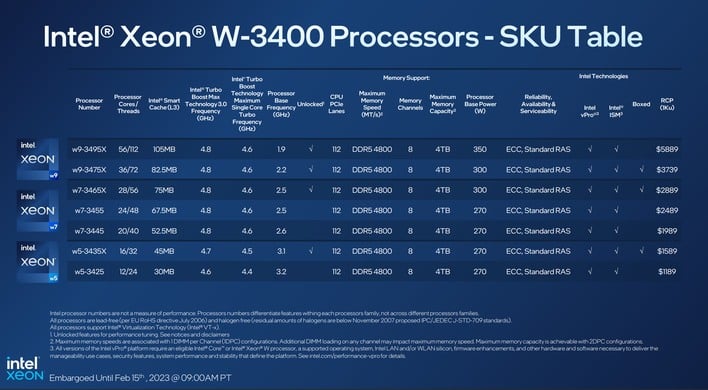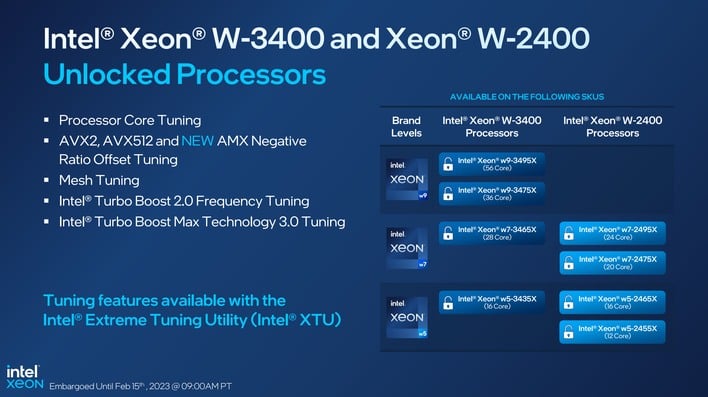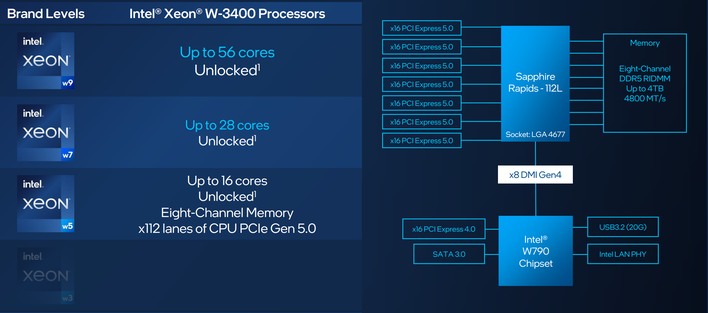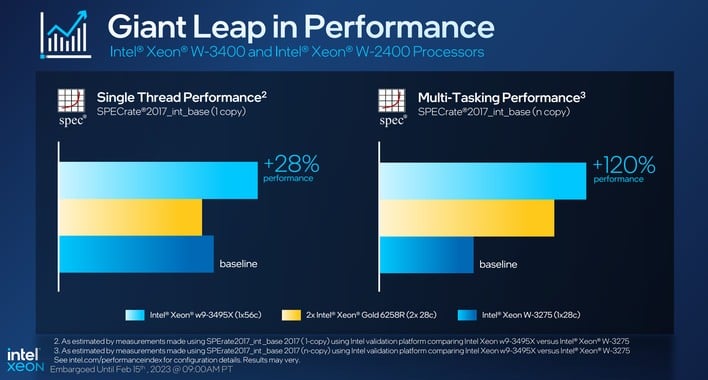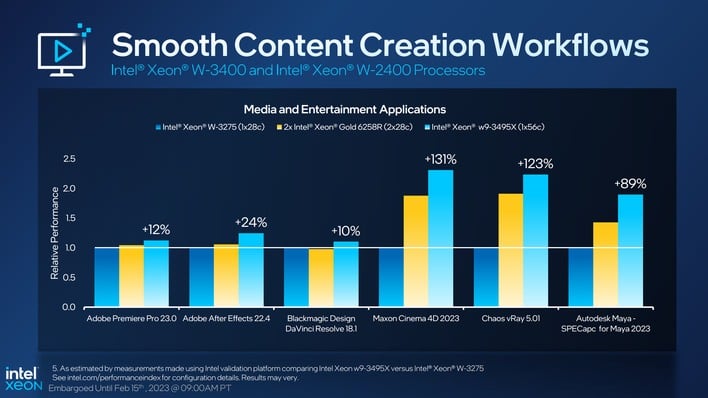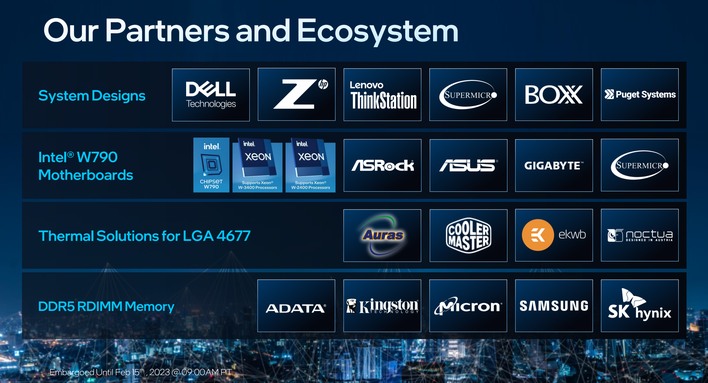Sapphire Rapids Hits Workstation Desktops With Intel Xeon W 2400 And 3400 Series CPUs
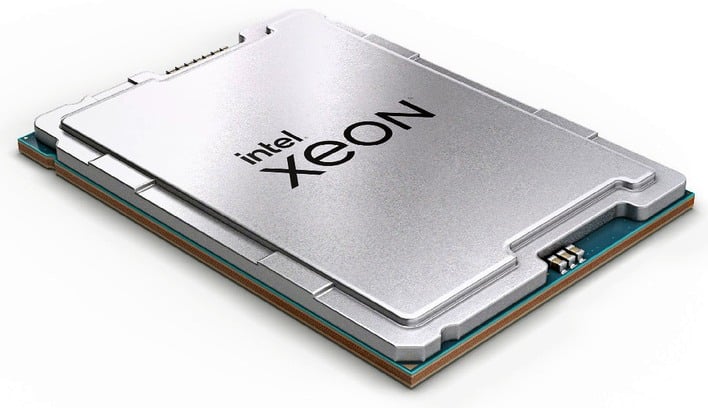
Once upon a time, there was a clear division between typical desktop computers and servers. With Nehalem in 2008, Intel really put the pedal to the metal in the "big iron" enterprise and high-performance computing space, and it soon brought some of those server technologies to the desktop in the form of its "High-End Desktop" (HEDT) platforms. These machines offered server-class I/O and RAM configuration, but in more consumer-friendly packages.
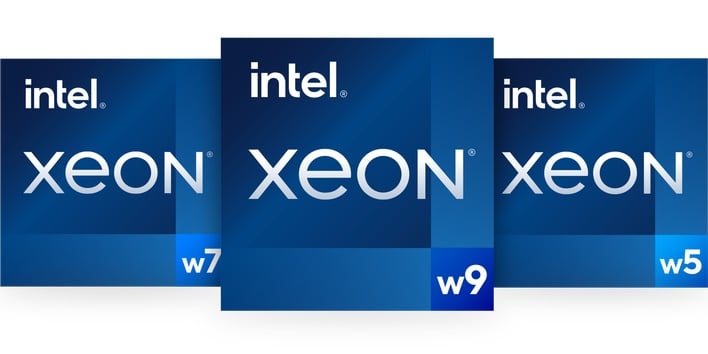
Intel is now redoubling its efforts in the HEDT and workstation space, with a new family of processors based on its latest server architecture. The latest HEDT platform from Intel is host to two different families of processors: the Xeon W-2400 series and the Xeon W-3400 series. Just as we saw in leaks late last year, Intel is referring to these chips as "Mainstream Workstation" and "Expert Workstation" processors. Both are based on the Golden Cove core found in Intel's 12th- and 13th-generation Core processors, which is a huge step up from the aged Skylake core found in Cascade Lake.
Despite sharing an LGA-4677 socket and W790 chipset, these two families of processors have wildly divergent capabilities. The Xeon W-3400 series chips were code-named Sapphire Rapids-112L, where the "112L" refers to the number of PCIe 5.0 lanes they have available. Those processors also support the platform's full eight channels of memory (with a maximum RAM capacity of four terabytes), as well as core configurations up to 56 cores. Sadly, there aren't any configurations that feature HBM on-package like the Xeon Max series.
These are nearly the same Golden Cove cores leveraged as "P-cores" in Intel's recent desktop processors based on Raptor Lake. More accurately, they're the same Golden Cove cores featured in Intel's Sapphire Rapids-SP Xeon Scalable processors. That means they have a full 2MB of L2 cache per core, which is double the 1MB per core of Cascade Lake.
Meanwhile, the Xeon W-2400 series trim down half the memory channels and more than half the possible cores, leaving the top-end configuration in this family with 24 CPU cores and quad-channel memory. As the "Sapphire Rapids-64L" codename implies, these processors are also limited to "only" 64 lanes of PCIe 5.0—not including the DMI Gen4 link to the W790 chipset. Although scaled back somewhat, make no mistake, these are still very powerful and capable chips.
Even though these Workstation-bound processors are branded as Xeons, some of the chips will come in boxed form. Those, as well as a couple of other models, are actually unlocked for overclocking, though Intel calls it "Performance Tuning" with this family of products. Tweakable metrics include the clocks of the CPU cores and the processor's mesh frequency, as well as the memory speed and timings. You'd better have some pretty beefy cooling, though, as the "Base Power" on these chips starts at 120W and goes all the way up to 350W on the top end.
The new Xeon W CPUs are intended for use with the W790 chipset. This is a relative of the C741 chipset used for Intel's latest Xeon Scalable processors. W790 is a powerful piece of kit in its own right, with 14 USB 2 ports and a whopping 25 USB 3 ports. There's no mention of Thunderbolt or USB4 in Intel's materials, though. It also has sixteen of its own PCIe 4.0 lanes, twelve PCIe 3.0 lanes, and support for eight SATA-III ports. Furthermore, it includes Intel's CNVi Wi-Fi 6E, just like the recent desktop chipsets.
Aside from the specifications, Intel also shared a bevy of benchmarks with us. Apparently, in comparison to Intel's Cascade Lake Xeon W-3275, the new 56-core Xeon w9-3495X is 28% faster on a single thread and 120% quicker across all threads in the SPECrate 2017 HPC benchmark.
The multi-core performance isn't really all that surprising considering that the new chip has literally double the number of cores, but the single-thread performance uplift is massive in light of the fact that the new chip is only 200 MHz faster on a single core. That means this gain is almost purely the IPC uplift from the shift to the Golden Cove CPU core architecture.
In less-synthetic applications, gains over last generation are varied. The chart above lists Adobe Premiere and After Effects, Davinci Resolve, Cinema 4D, Chaos vRay, and Autodesk Maya. In the video editing benchmarks, the difference from Cascade Lake to Sapphire Rapids is small, 10 to 25%. However, in the rendering benchmarks, the new processors can flex their multi-core might to dust the last-gen parts by as much as 131%.
While certain chips are coming in boxed form and there will likely be a few motherboards available for the do-it-yourself crowd, most systems sporting these CPUs will come from vendors selling complete workstations. With that in mind, Intel says it has "50+" system designs lined up from the usual suspects, including Dell, HP, Lenovo, Supermicro, Boxx, and Puget Systems.
Intel's materials didn't say when this hardware will be widely available, but we expect it will not be long.


